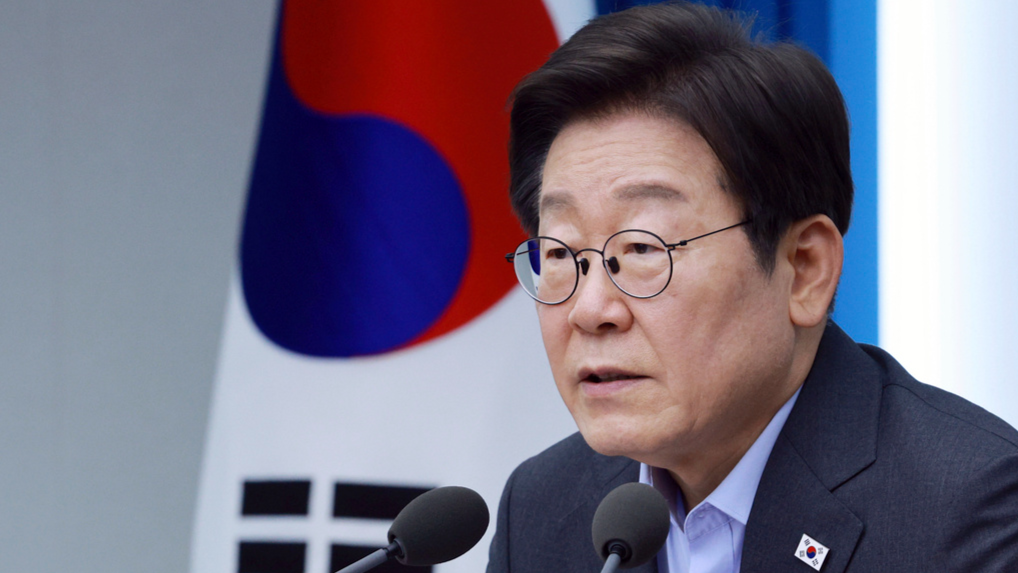
South Korea unveiled a 210 trillion won ($152 billion) fiscal plan for 2026-2030 to support President Lee Jae-myung’s core pledges, with funding to be drawn from enhanced revenue measures and greater spending efficiency.
The plan, announced Wednesday by the presidential state affairs planning committee, will allocate funds across 123 projects in innovation, growth, social welfare and foreign policy, with major investments in artificial intelligence, where the government aims to become a top-three AI power. Other areas of priority include biotechnology, healthcare and defense, among others.
The spending program is the first policy outline since Lee won a snap election in June, after the liberal leader campaigned on improving affordability and equality. It is likely to be closely monitored by the bond market for its potential impact on the government’s ability to manage finances amid a slowing economy. The economy also faces headwinds from a trade deal with the US, which imposes an across-the-board 15 percent tariff on South Korean exports.
ALSO READ: South Korea’s Lee to visit US for first meeting with Trump
In foreign policy and defense, the government seeks stronger military capabilities against nuclear, missile, and cyber threats.
The Lee administration aims to raise 35.6 trillion won in additional revenue by 2030 through higher taxes on companies and individual investors. However, some capital gains proposals have faced opposition, prompting the ruling party and the government to reassess their stance.
South Korea’s Finance Minister Koo Yun-cheol met with Moody’s Ratings on Sunday to discuss the economy, with the firm noting the nation’s fiscal costs and debt burden remain manageable compared with major advanced economies.
The committee stated that South Korea’s diplomatic objectives include strengthening its alliance with the US, enhancing relations with neighboring countries, broadening its network of global partnerships, and establishing a sustainable peace framework. The administration also aims to elevate South Korea’s standing among the Group of Seven-plus diplomatic powers while responding to demographic and security challenges.
Twelve flagship projects target high public impact, including implementing a safety net program and achieving balanced growth, among others.
Progress will be monitored by a proposed National Future Strategy Committee under the presidential and prime minister’s offices. The plan will be finalized after Cabinet review and approval.


